As a photographer – whether you do it professionally or just as a hobby – you know the problem of online image theft. Many people consider stealing pictures to be a no harm, no foul offense and freely use others’ images for their blogs, websites and online shops without considering copyright issues. In any case, image theft is more than just an annoyance for photographers and rights holders who are affected because they miss out on considerable compensation or, at the very least, recognition of their creative work.
Copytrack takes a look behind the scenes and explains the image search technology:

How Do Image Search Services like Google Work?
A simple internet search is pretty complex. Search engines deploy what are known as crawlers (also known as spiders or search robots) to detect new and newly modified content. These so-called crawlers are programs that systematically and routinely search through web content and save relevant information. Information that has been collected is then processed and compiled as part of an index.
If you were to look at what’s happening behind a search query in a conventional search engine, then you would observe that search engines perform the following steps:
• Search and capture of content from the world wide web
• Creation of a queryable search index with the data collected
• Processing of the user’s query
• Return of information based on the user query
You can imagine the image index as a keyword index in a book; the program offers not only index terms, but also information about where the word was initially used. It’s like a virtual repository where millions of words and cross references to web content are stored and maintained.
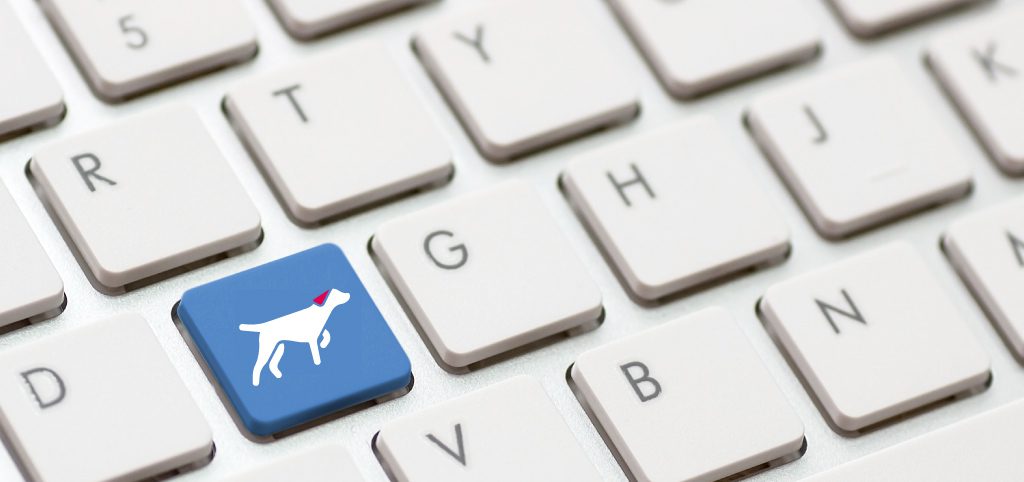
How Does Copytrack’s Image Search Work
If you’re looking for a complete overview of your search results, then you’ll need to turn to a specialized search tool like Copytrack’s free-to-use image search service. The process behind an image search at Copytrack is different from conventional search engines starting from the first step because the index already exists when the search is initiated.
With help from artificial intelligence (AI), Copytrack crawlers find all collected online images and compare them to the Copytrack image index. Once a match is found, the system provides that customer with the image and location of the match.
If you were to look at what happens during a Copytrack search, then you would observe the following steps:
• The Copytrack image index is created from images inside Copytrack’s customer database using AI
• The world wide web is scanned for images
• An AI-powered comparison of the pictures found and the Copytrack image index is performed
• The locations of images that have identified as duplicates are displayed
Even though this seems simple, the entire process is based on extensive technological know-how. Copytrack’s image search is highly efficient, searching through more than 1,000 websites per second.
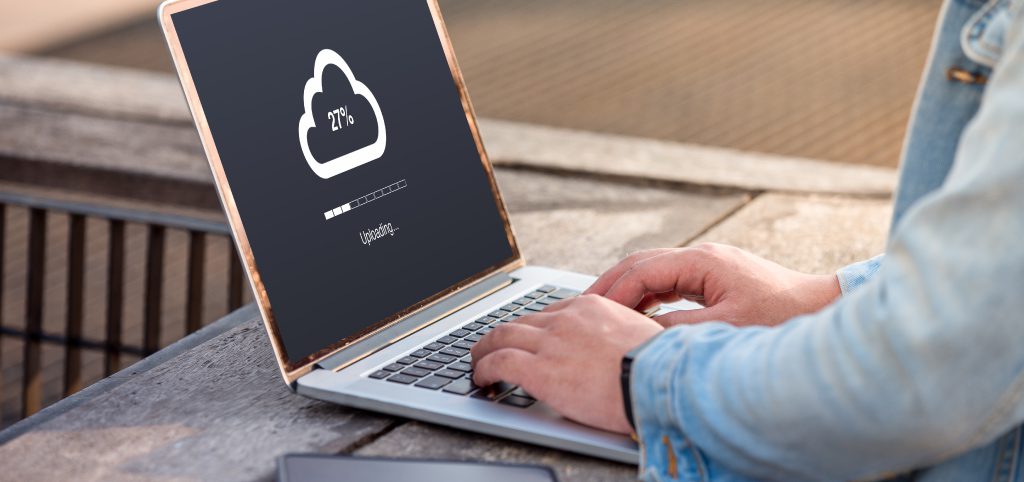
Find Duplicate Images with Copytrack: From Uploading Images to Viewing Your Hits
To perform an image search on Copytrack, simply upload your pictures to the Copytrack app. Shortly thereafter the first hits will begin to appear in your inbox. This sounds simple at first but requires many complex processes to be carried out in the background. Let’s have a peek behind the curtain to see what’s going on:
1. Image Preparation
Once your images have been uploaded to the Copytrack app the system scales them to their optimal size. Then our software extracts individual attributes from your uploaded images and saves them to the Copytrack image index. The Copytrack image index forms the basis for comparing your images to images on the web.
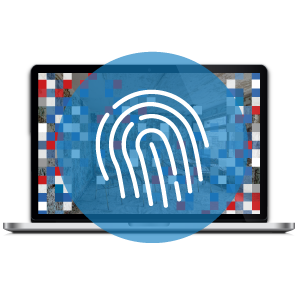
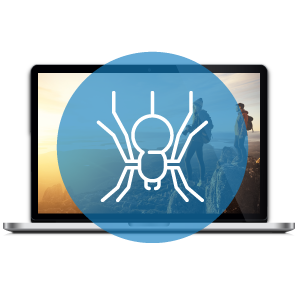
2. Internet Search
The internet has to be scanned before the first hits can be shown. To do this, Copytrack uses webcrawlers that scan the web, page-by-page, by following links. Various special programs analyze blogs, shops, news websites and popular social networks and marketplaces like Amazon and eBay. In doing so, millions of websites are scanned each day to collect images that are compared to the Copytrack image index.
3. AI-powered Image Matching with the Copytrack Image Index
Copytrack utilizes artificial intelligence (AI) to compare images; the neuronal network responsible for this step has been trained with millions of images for more effectively detecting duplicates. Matches found during the comparison stage are analyzed against our image index using individual attributes we’ve identified. At a later stage they are further refined and saved to our system where they are prepared to be displayed under a user’s hits.

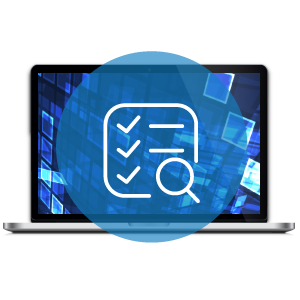
4. Refining Hit Information
Before a hit is presented, the match needs to be enriched with a wealth of data. In addition to the page URL and image URL of the match, different techniques are used to determine the publishing date of the image and the owner of the website. This bundled information is extremely useful because it allows users to quickly ascertain whether the website owner has a valid license or not.
In cases where images are unlicensed, Copytrack pre-calculates a potential fee that the rights holder can charge in the post-licensing offer.
5. Hit Overview
Once all hits have been enriched with additional information, they are displayed from within the Copytrack app in their respective users’ inboxes. From here, users can begin to work their way through their lists of hits to determine which are legal and which are not.
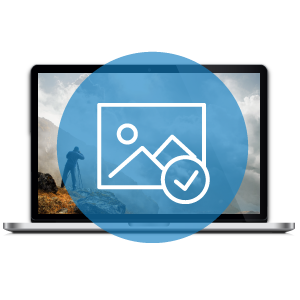
Copytrack – More Than Just an Image Search Service
Copytrack offers much more than just an image search engine. We also take care of worldwide post-licensing as well as the enforcement of your rights. You will always have access to a list of your hits in the Copytrack app and can decide for yourself if website owners who have used your images in an unauthorized manner should be pursued.
At Copytrack you are not only given the ability to find stolen image for free, but you also have access to a service provider that will efficiently and reliably pursue your claims for retroactive compensation. Registering and searching for images are both entirely free. Copytrack will only withhold a small commission if your claim is successful – meaning once a copyright violator has paid for an instance of image theft.
Written by John Peacock

